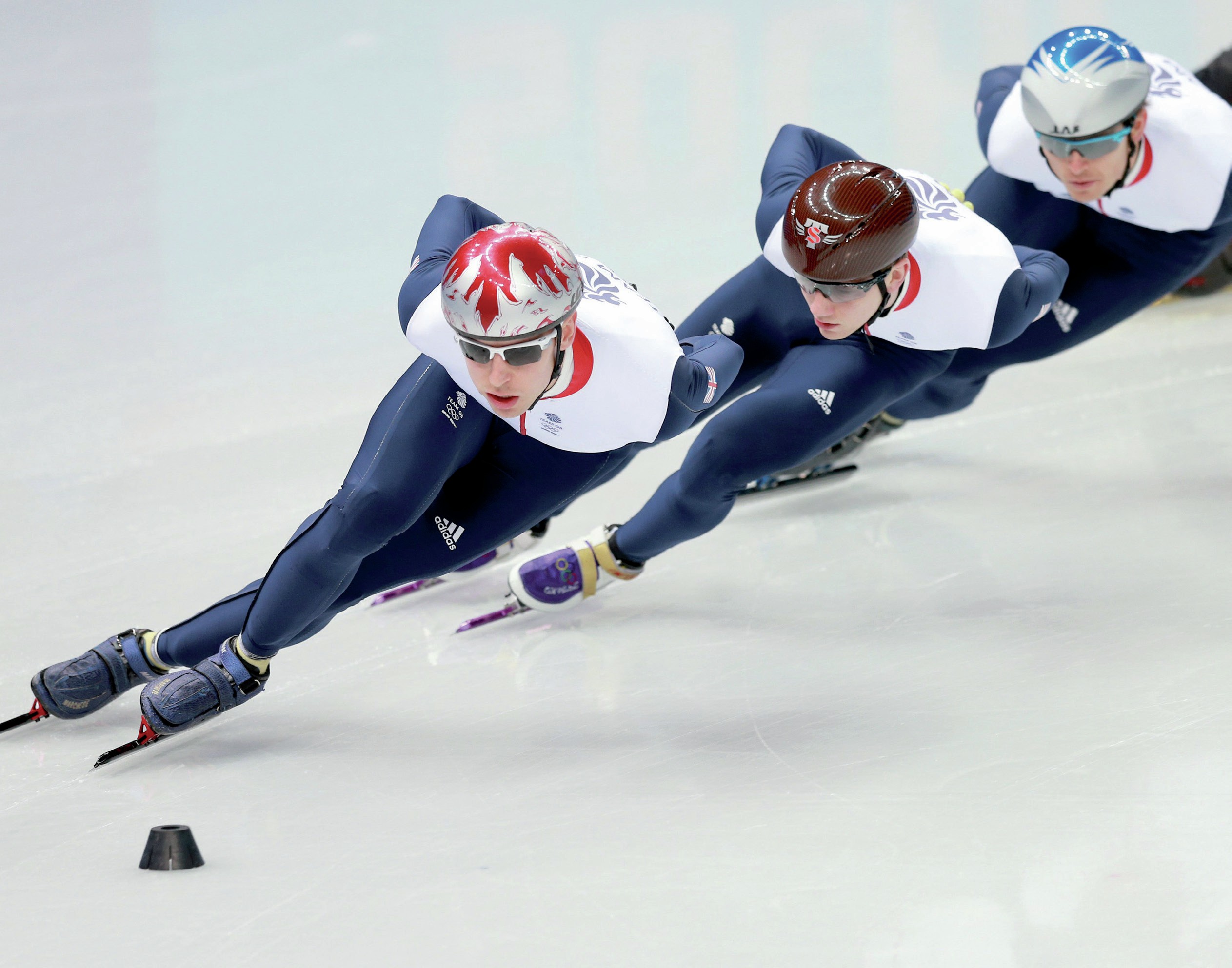
The concept of goal setting is applicable across all the sport science disciplines. Best practice will see the practitioners come up with one joint plan around the player/athlete. This plan will be used as a framework for actions to be taken and reviewed against.
In the past, practitioners from each of the different disciplines would have worked separately, each chipping away at their own goals. This is problematic — no one knows what the others are working on, and goals can contradict one another. For instance, a nutritionist might want to give an athlete some caffeine to boost his or her metabolism in order to burn the necessary calories. But at the same time, the team psychologist might be working on relaxation strategies to help get the athlete into the zone, and will want to avoid caffeine. Without open communication, these goals will not come to fruition. The purpose of this article is to give you an idea of how sport psychologists set goals in elite sport, and some of the key principles that make them work.
Your organisation does not have access to this article.
Sign up today to give your students the edge they need to achieve their best grades with subject expertise
Subscribe




